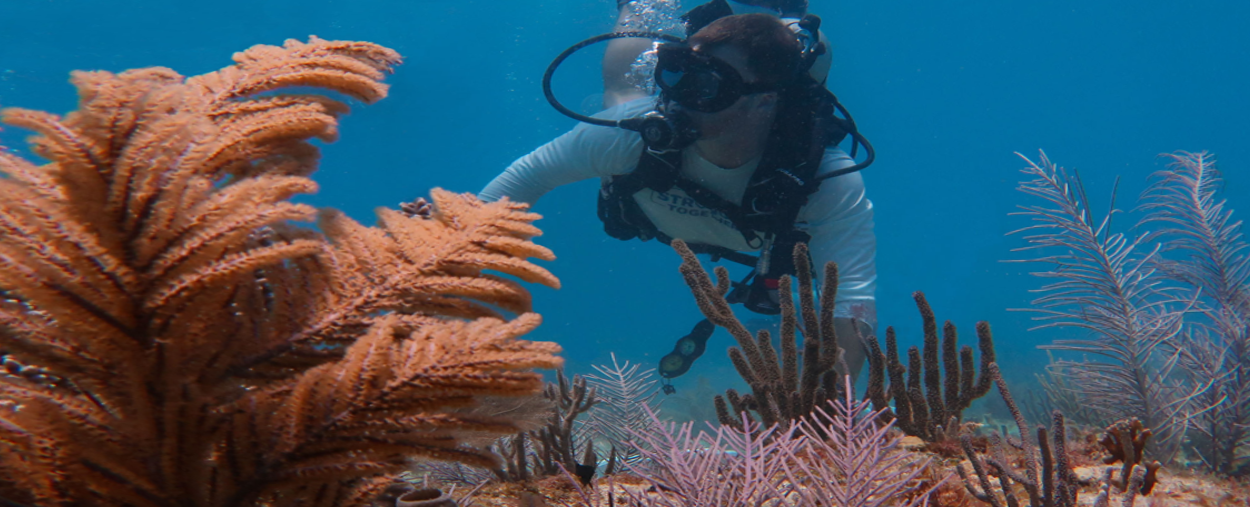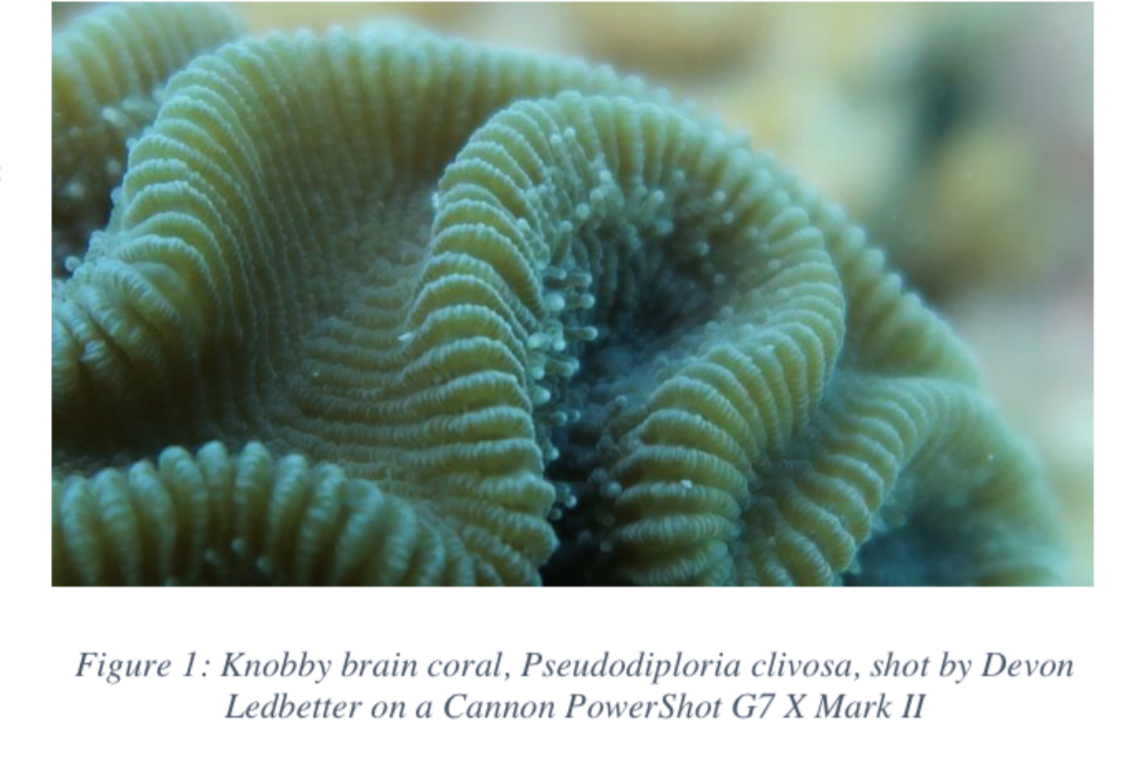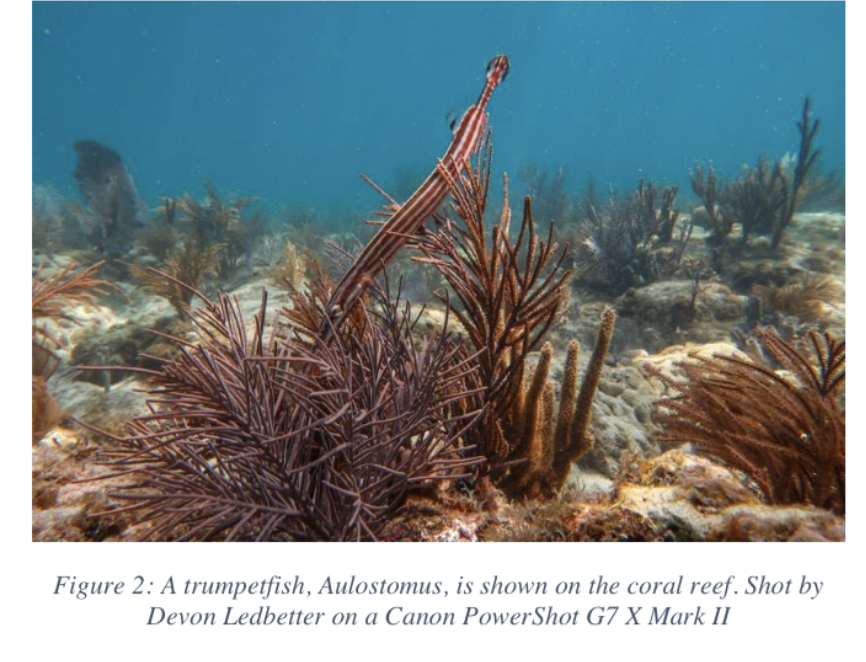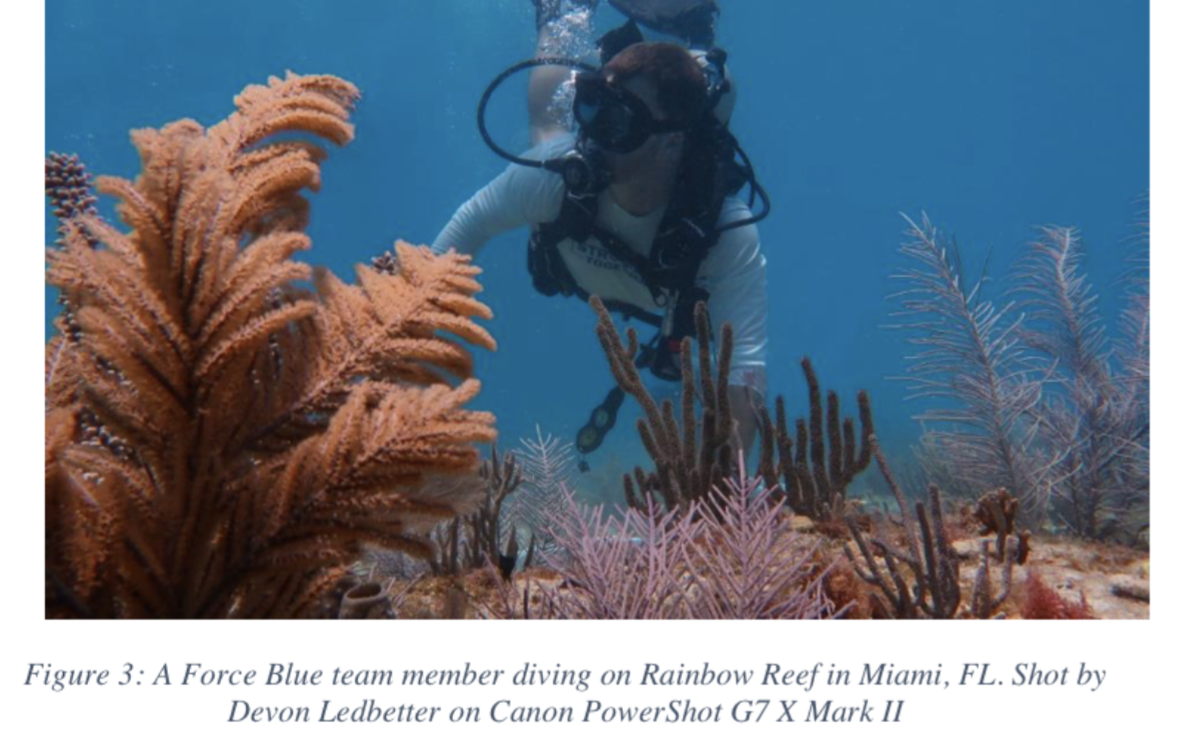Putting a Price on Coral:
The Value of Reefs.
By Devon Ledbetter
Coral reefs play a vital role in our world today, and all of us benefit either directly or indirectly from their presence in our oceans. Studies estimate that over half a billion individuals directly benefit from the presence of reefs as a source food, income, and shoreline protection (1). Even though corals cover less than 0.2% of the Earth’s surface, they provide tangible environmental and economic benefits to areas far beyond the seaside cities which border them (2) Coral reefs act as a barrier against storms by reducing wave energy, a revenue fountainhead through tourism, a source of food for fisheries and even a place for the discovery of new medicines. While corals provide countless valuable goods and services, the role of these reefs can be categorized into three main facets: bolstering biodiversity, stimulating seaside economies, and safeguarding shorelines from intense storm damage. If these underwater ecosystems were lost, each of these areas would suffer; destruction from hurricanes would be intensified, economies would crumble, and fisheries would vanish. Understanding all the benefits that coral reefs provide is the first step to stimulating change to conserve them; we must understand the extreme value of a resource to be motivated to conserve it.
All of this begs the primary question of “what is a coral?” Many people are quick to think that corals are simply plants- a logical assumption based on their outward appearance. However, people are often shocked to discover that corals are both plants and animals. While a coral is an animal, many survive through a symbiotic relationship with microscopic organisms known as zooxanthellae which live in the tissue of a host coral (3).









